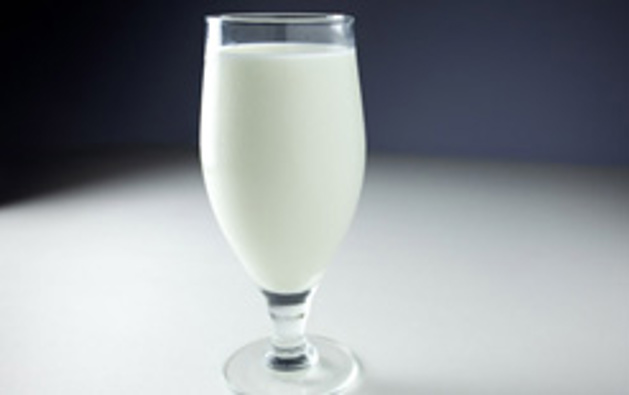Follow
the podcast on

Which is the most eco and healthiest of the milks (and yummiest)?
We live in a world where the old milk aisle at the supermarket now also has soy, almond, rice, oat, coconut and even hemp milks. Macadamia milk seems to have come and gone at my local.
Many people are changing for health reasons, mainly lactose intolerant and others because of the revolt against peak cow ruining the environment. So, what are the facts here?
Let’s look at good old dairy, the product that some would say, made our nation great.
Cow's milk is a good source of high-quality protein and is naturally rich in calcium, B vitamins and many minerals. But, the protein in diary is a common allergen and about 65% of the population have difficulty digesting lactose, a type of sugar in the cow's milk.
And Dairy emissions per glass are 0.63 kg, land use is 1.79 square metres and it takes 125.6 litres of water to produce that one glass of milk.
From now on, I will use this as a comparison rather than give you lots of figures.
Also, we are so used to the taste and texture of milk we kind of use this as a standard. It took me a long time to find something else to put in my latte.
Coconut milk
This is squeezed from the white flesh of a coconut and is safe if you have a nut allergy.
It has a third the calories of milk, but no protein and half the amount of fats. These fats however have been linked to heart health benefits.
They have an eight of the emissions of milk and also have the benefit of storing carbon as the tree grows. They need very little water.
Can be a sweet distinctive taste that not everyone loves.
Soy
This was the first major alternative and has been around for decades.
This comes closest to cows milk as they have a complete protein and its nutritional profile closely resembles that of diary.
Controversy has come about as so much soy is genetically modified and also soy isoflavones can bind to estogen receptors in the body. This is still not completely understood but does put many off it.
It has one third the emissions of dairy, 14 times less land needed and 22 times less water needed.
Almond
This is made by soaking almonds in water then blending them and staining away the solids.
Unsweetened almond milk is low in calories and much lower in carbs than dairy but also low in protein. Beware that many brands have added sugar in them so check the labels.
Also, many brands use carrageenan to thicken and stop separation. Lab tests have shown carrageenan to promote intestinal inflammation and damage.
It has a third the emissions of dairy and also captures carbon as the tree grows. It uses one sixth the land but over 7 times the water usage of the other plant-based milks. Only dairy uses about 30% more again.
Oat
Oat milk is naturally sweet and high in carbs. Its soluble fibre makes it creamer and also absorbs water and turns in to a gel which slows digestion and keeps you full longer. This fibre may also reduce your cholesterol levels.
It has about a quarter the protein of dairy which make it second here, behind soy.
It has a third the emission of dairy, uses eleven times less land and thirteen times less water is needed. Plus, it can be grown easily here in New Zealand.
And this has been the winner for me. I buy a local brand called Otis which grows its oats here in New Zealand and makes a damn fine latte too. In fact, in the UK nearly 50% of the population have now changed to oats in their café coffees because it froths so well in the expresso machines; again, that magic fibre it contains.
LISTEN ABOVE
Take your Radio, Podcasts and Music with you









